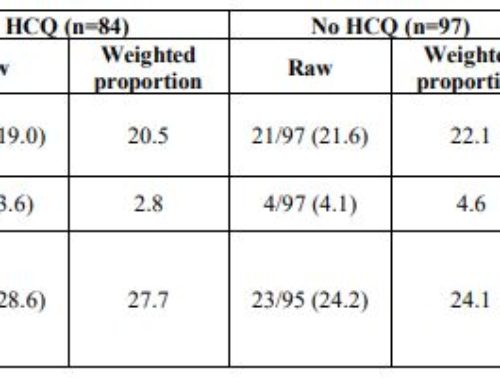Cohorting patients with COVID-19 is probably quite obvious, but it is probably a bit more nuanced that most folks think. What is the best practice for unspecified viral respiratory illnesses, influenza, low risk COVID patients? How is it best to staff these patients.
At first, people may think that it is best to share the wealth – that is, distribute these patients throughout the hospital so that there is not one group of nurses that is asked to care for COVID risk patients. You may have in mind a “we’ll do that when we have 20 COVID-19 patients but right now we only have 50 cases in the state.” The same may be said for hospitalists, where patient with viral respiratory illness are equally or just randomly distributed among different admitting and rounding hospitalists. Taking this strategy will, unfortunately, put the adequacy of your workforce at risk – doctors, PAs, nurses, PCA, etc.
The time to cohort patients on a physical unit is when a case of COVID-19 in reported in your community (anywhere in your primary or even secondary service area). At that point, cohorting patients with viral respiratory illnesses on a single unit will help ensure an early COVID-19 positive patients are not exposed to multiple nurses on multiple units. Similarly, hospitalists should be assigned to such a unit, and they should be assigned all patients on that unit with a viral respiratory illness, confirmed influenza, and COVID-risk as well as COVID-confirmed patients. Those hospitalists should not rotate on other units, given possible transmission to other staff, and be sure to have in place tight social distancing capabilities when you do this.
Hospitalists should all get their turn on these units on which patients are cohorted, and be sure to consider the schedule carefully as you think about the current week and future weeks so that there is some equity in how these weeks are distributed. Obviously, this may become irrelevant if COVID-19 volume grows considerably, but hopefully with social distancing, that will be blunted. Your hospital should also be certain to have in place a clear surge plan, where COVID-19 units are identified, in sequential order, such that as volume grows the next unit for cohorting patients can be activated. At that time, additional hospitalists will need to be assigned to that unit.



Hi there!
Would love to hear your thoughts or any evidence you’ve seen on cohorting patients in rooms together (who have both tested positive). Coming from NYC, we have too many patients/too many double-bedded rooms to not start thinking about cohorting them together in one room on droplet isolation. Any thoughts on putting recovering with symptomatic patients, keeping on the same PPE (gowns- I know many of us already reusing masks) if just checking VS (NA’s, RN’s), masking the patients, pulling the curtains, what to do if one is on nebs?
Thanks for your thoughts!
[…] Cohorting […]
Thanks Sarah. Given there is a great deal of new guidance that was just released from the CDC, WHO, and the Public Health Agency of Canada, I created a second post on cohorting here given how much has already changed: https://www.stevemd.net/uncategorized/cohorting-2/
All three organizations now do provide guidance on cohorting patients with COVID-19 in the same room (when private rooms are no longer available). They do not specifically provide guidance on putting recovering patients with symptomatic patients. However, my personal opinion is that is fine, based on the fact these organizations also recommend limited patient movement, etc. So, even if you want to separate these patients, it means two possibilities: (a) moving the recovering patient potentially to another private room – that creates more work for your cleaning staff, or (2) moving the patient to share a room with another patient who is recovering, however my concern there is one of them may be co-infected with something you did not fully test for (adenovirus, etc) so I think this could create negative consequences for other patients.